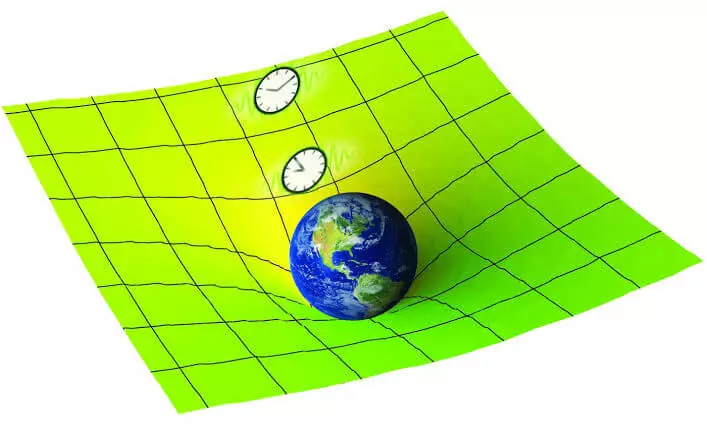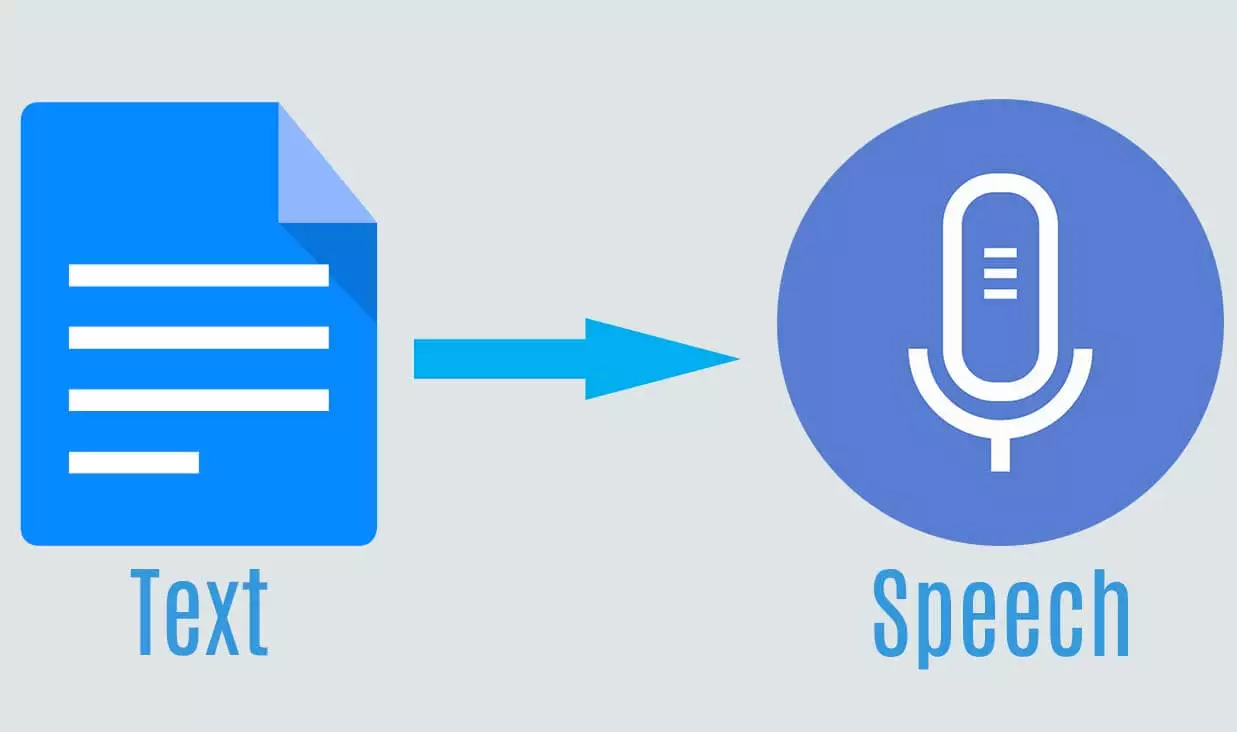Blowers are a key piece of equipment in many industries. Blowers use a number of different technologies. However, choosing the right blower is not usually a matter of personal liking. Blowers should be chosen according to the specific needs of the industry and its projects. Here is an introduction of different types of blowers. Knowing the blower technologies is the first step to choosing the right blower for your business.
Please note that these specifications represent typical blowers. However, the specifications may vary from manufacturer to manufacturer and from one model to another.
Positive Displacement
Positive displacement blowers have impellers with two or three lobes. The controls consist of variable speed and are usually belt-driven. Positive displacement blowers have simple instrumentation and require large silencers for intake and discharge. They are smaller in size and have a lower capital cost as compared to other blower technologies.
Multistage Centrifugal
Multistage centrifugal blowers have a series of cast or fabricated enclosed impellers made of various steel alloys. They have different controls including inlet throttling, discharge throttling, and speed control with VFD. Multistage blowers have anti-friction roller type, or grease or oil lubrication. They have simple instruments and have bearing temperature and vibration monitoring.

Single-Stage
Single-stage centrifugal blowers commonly have single open face impellers while some have enclosed impellers. They usually have aluminum and SST casting while some have milled or investment casting as well. They have constant controls, and have inlet guide vanes and discharge variable diffuser vanes. Single-stage centrifugal blowers have journal type bearings and anti-friction roller-type bearings. They have complex instrumentation including vibration, temperature, pressure, and power.
Additionally, they have 2-pole or 4-pole electric motor and IC engines.
High-speed Centrifugal
High-speed centrifugal blowers use the latest technology and were introduced in North America in 2007. They have comparatively high initial cost but low energy requirements and low maintenance costs. They usually use single impeller, however, dual impeller models are also offered by some manufacturers. They use three-dimensional milling or cast, and have aluminum alloys, stainless steel, and other material choices. They have variable speed controls and discharge variable diffuser vanes. Their advanced bearing design with air or magnetic bearing allows for higher speeds.







